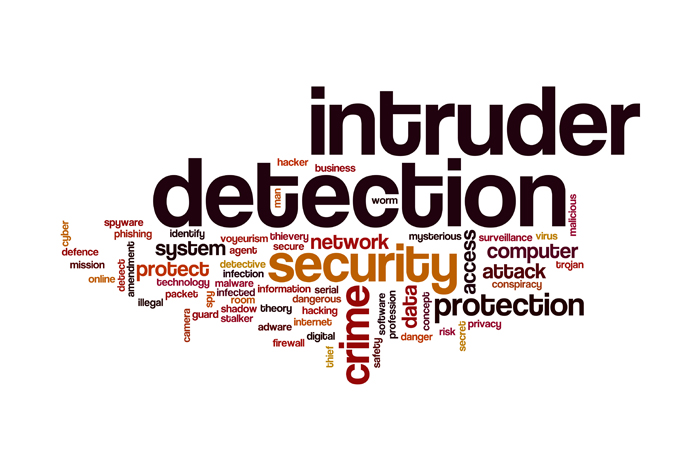Data breaches can be extremely costly for businesses, with the average cost of a data breach in 2021 estimated to be $4.24 million, according to a new report by IBM and the Ponemon Institute [Source].
This represents a 10% increase from the average cost in 2019, which was $3.86 million. Given the potentially devastating financial impact of a data breach, it is essential for businesses to take steps to protect their data and prevent breaches from occurring.
Technologies like IDS (intrusion detection system) and IPS (intrusion prevention system) have become more commonplace (This technology is still a part of network detection and response (NDR) services) and provide round-the-clock protection against potential threats, making them an essential part of any comprehensive security setup.
IDS/IPS systems have been the popular means of protecting IT systems and managing cybersecurity threats and known attacks because they deliver robustly personalized protection.
If you’re new to IDS and IPS, you probably want to learn more about what these systems are and why you need them.
What are IDS/IPS?
IDS and IPS come in to help detect and prevent destructive cyber attacks. IDS and IPS are quite similar to data breach response systems and often work in conjunction with one another to ensure those network threats are prevented and managed effectively.
Intrusion Detection Systems (IDS)
Monitors your network for suspicious activity and reports to create data sets. When an IDS system detects a potential threat or something suspicious, it will flag this with a warning notice. Action can then be taken in a strategic manner against the potential threat, independently of the IDS system. Unlike an IPS system, it doesn’t act as the middleman between the sender and receiver of information. An IDS system is more of a behind-the-scenes reporting system that provides information on which to base decisions.
Intrusion Prevention Systems (IPS)
Monitors network traffic by sitting behind the firewall and keeping any malicious attackers away from the rest of your network. IPS systems are able to recognize patterns in network traffic and act on them immediately so as to prevent malicious attacks. In doing this, IPS is an active security resource – that is, it responds to real-time data in order to stop cyber security attacks once a risk has been detected. Newer IPS systems rely on pre-programmed rules that allow them to take action. Whilst their main aim is to detect anomalies, once they find them, IPS systems are able to block IP addresses and forward the relevant malicious traffic. This way, they are more active (and proactive) than Intrusion Detection Systems.
Why are IDS/IPS needed?
As much as we would like to believe otherwise, there is simply no such thing as an impenetrable network or a foolproof firewall. Threat actors are constantly finding new ways to exploit vulnerabilities and bypass defenses. In many cases, they will use other malware or social engineering techniques to obtain user credentials that grant them access to networks and data.
IDS/IPS technologies are crucial for security, both at the network edge and within data centers. Their ability to stop attackers while they are still in the process of gathering information about a network is invaluable. This technology is in place to ensure IT personnel is notified when an attack or network intrusion might be taking place – monitoring both inbound and outbound traffic on the network, as well as data traversing between systems within the network.
IDS/IPS Are Still Relevant
There is no one-size-fits-all solution to cybersecurity, but having the right people and processes in place is crucial to keeping your organization safe. IDS/IPS services provide the ability to take quick action when your network is compromised, which can help prevent further damage.
Organizations should take steps to protect their networks from intrusions. It’s a recommended best practice to include placing network IDS/IPS devices at all points of entry and host IDS/IPS devices on key servers. A wireless IPS can also help to thwart attacks that exploit wireless Internet connections.
CyberMaxx utilizes IDS/IPS technology with the MAXX Network network detection and response (NDR) service.
MAXX Network delivers non-stop protection against malicious behavior, making sure data security professionals can sleep soundly at night knowing the organization’s networks are safe and secure.




